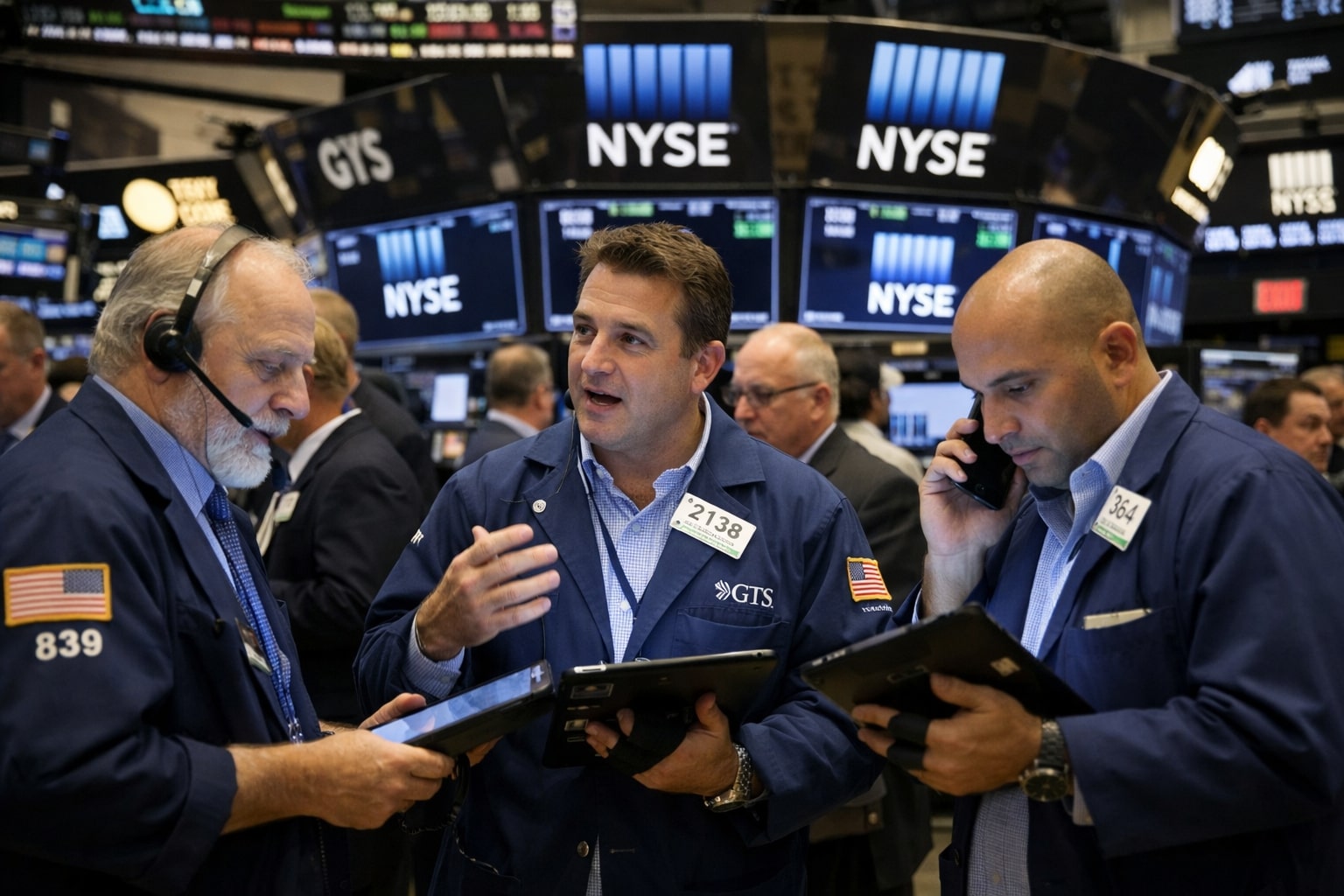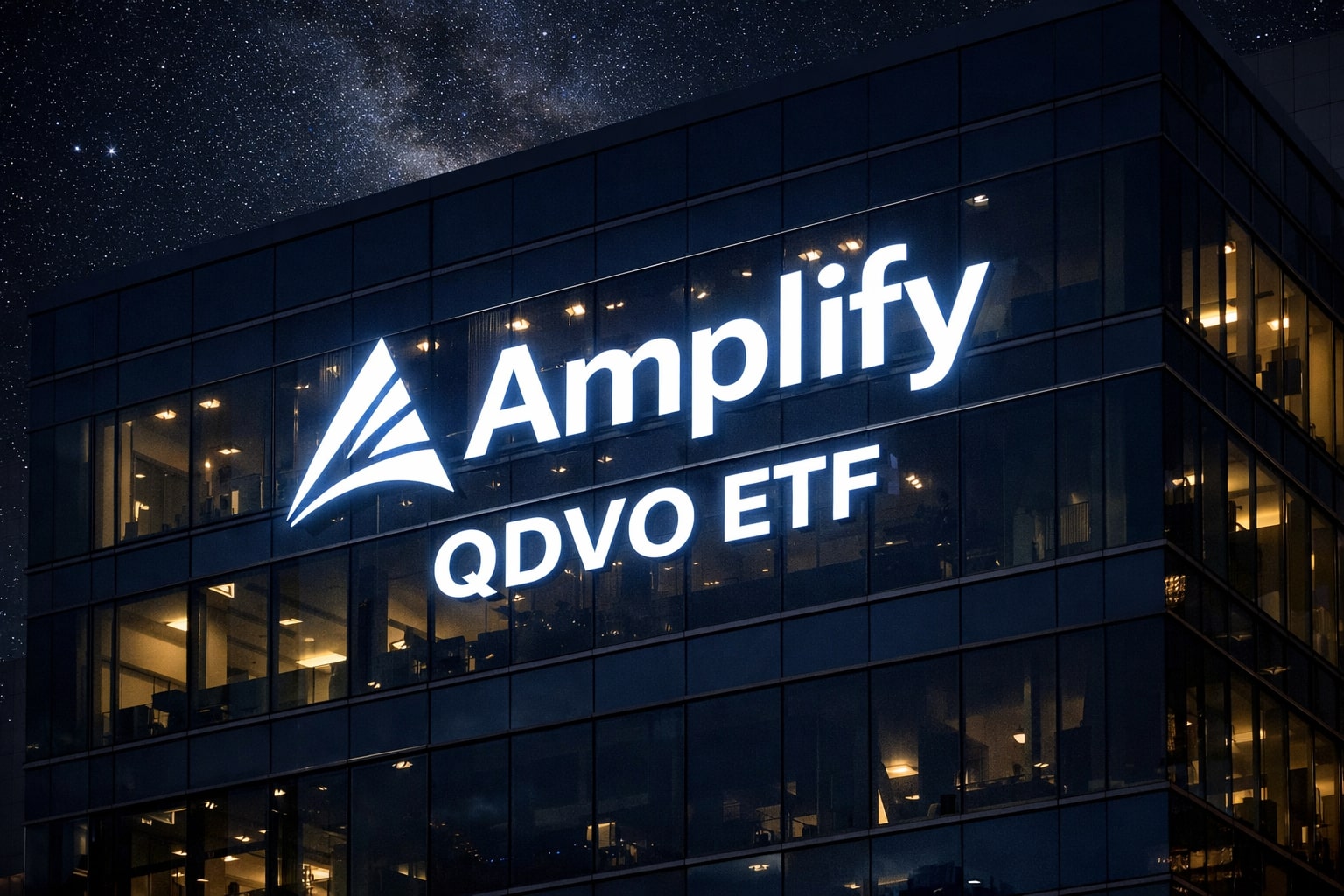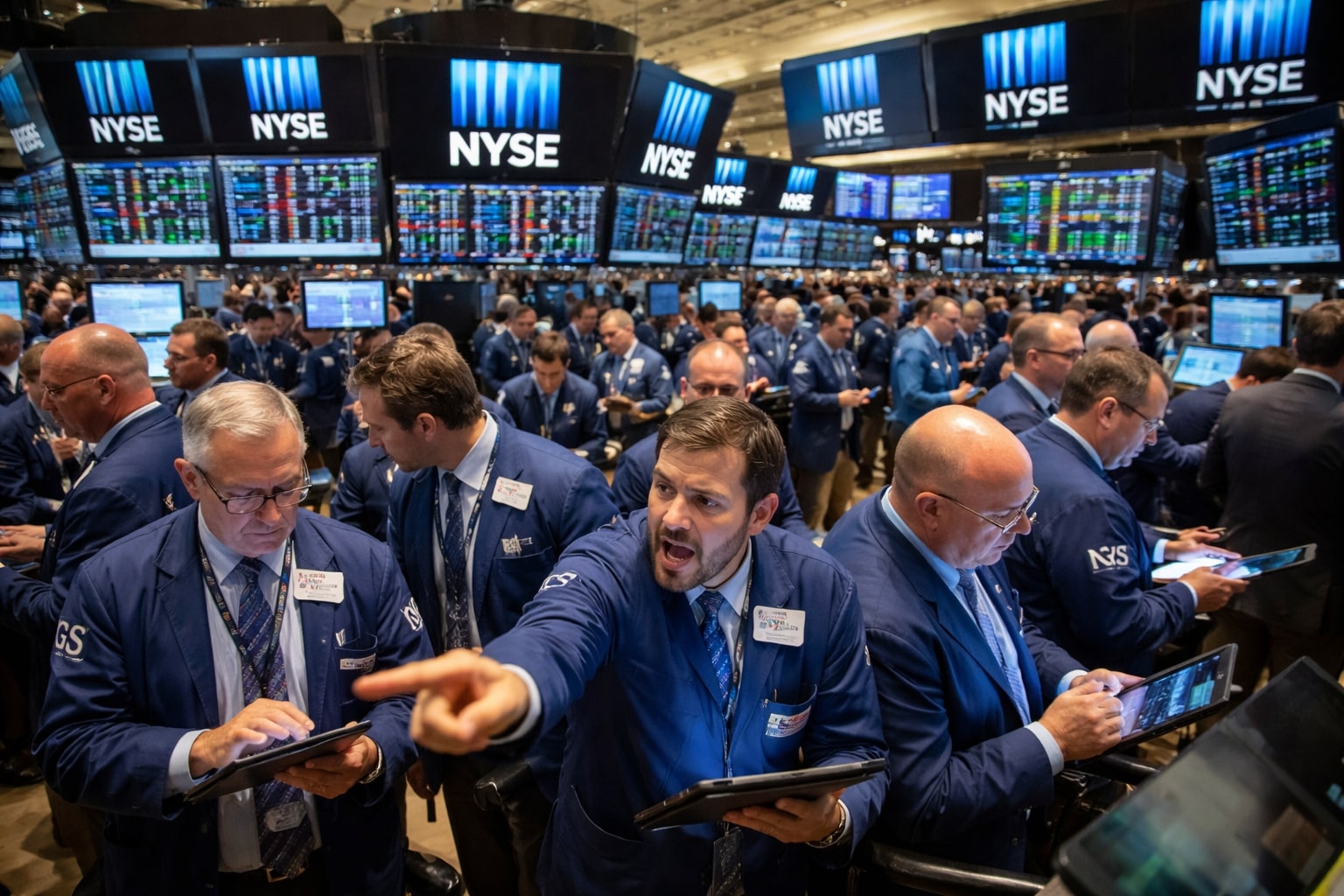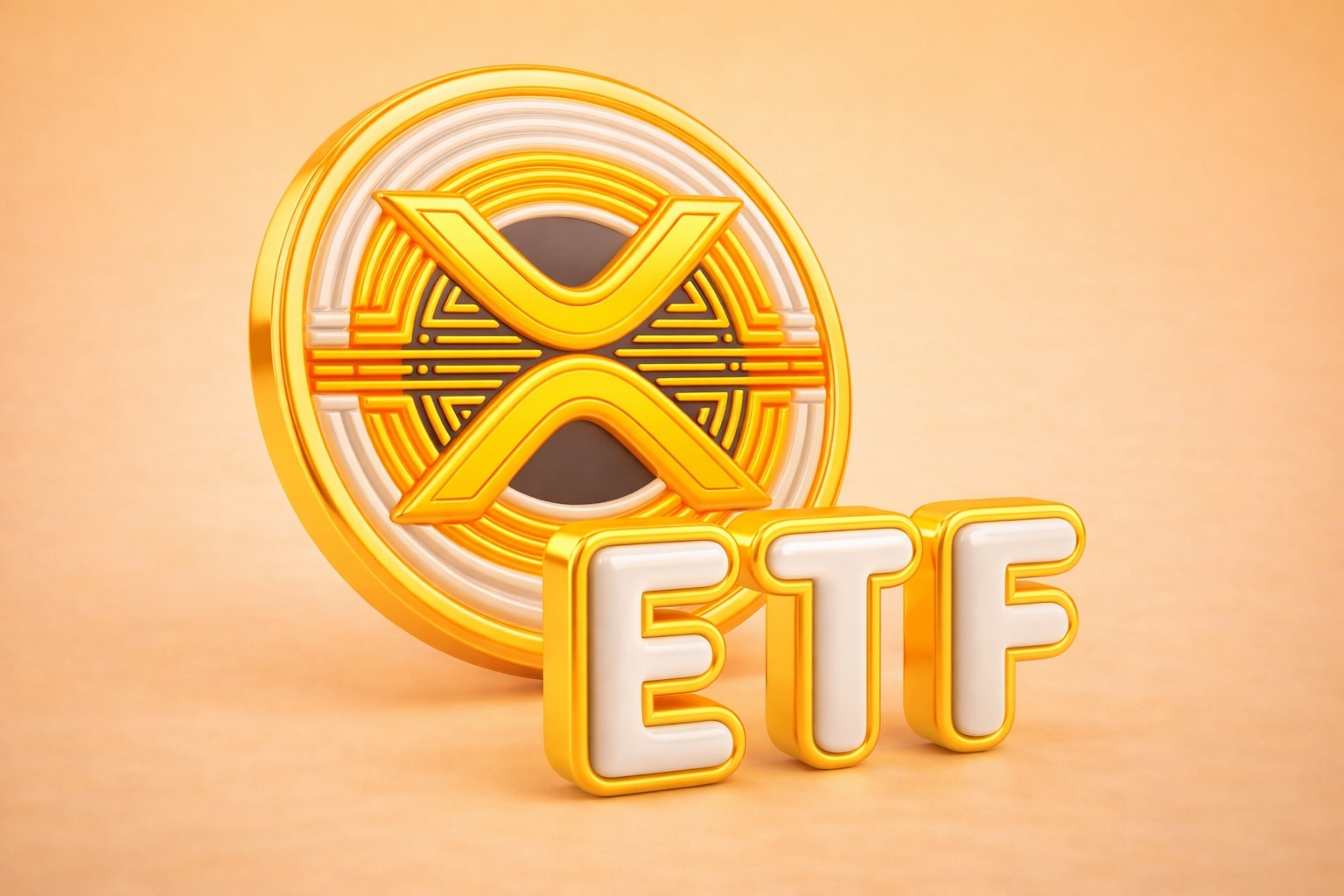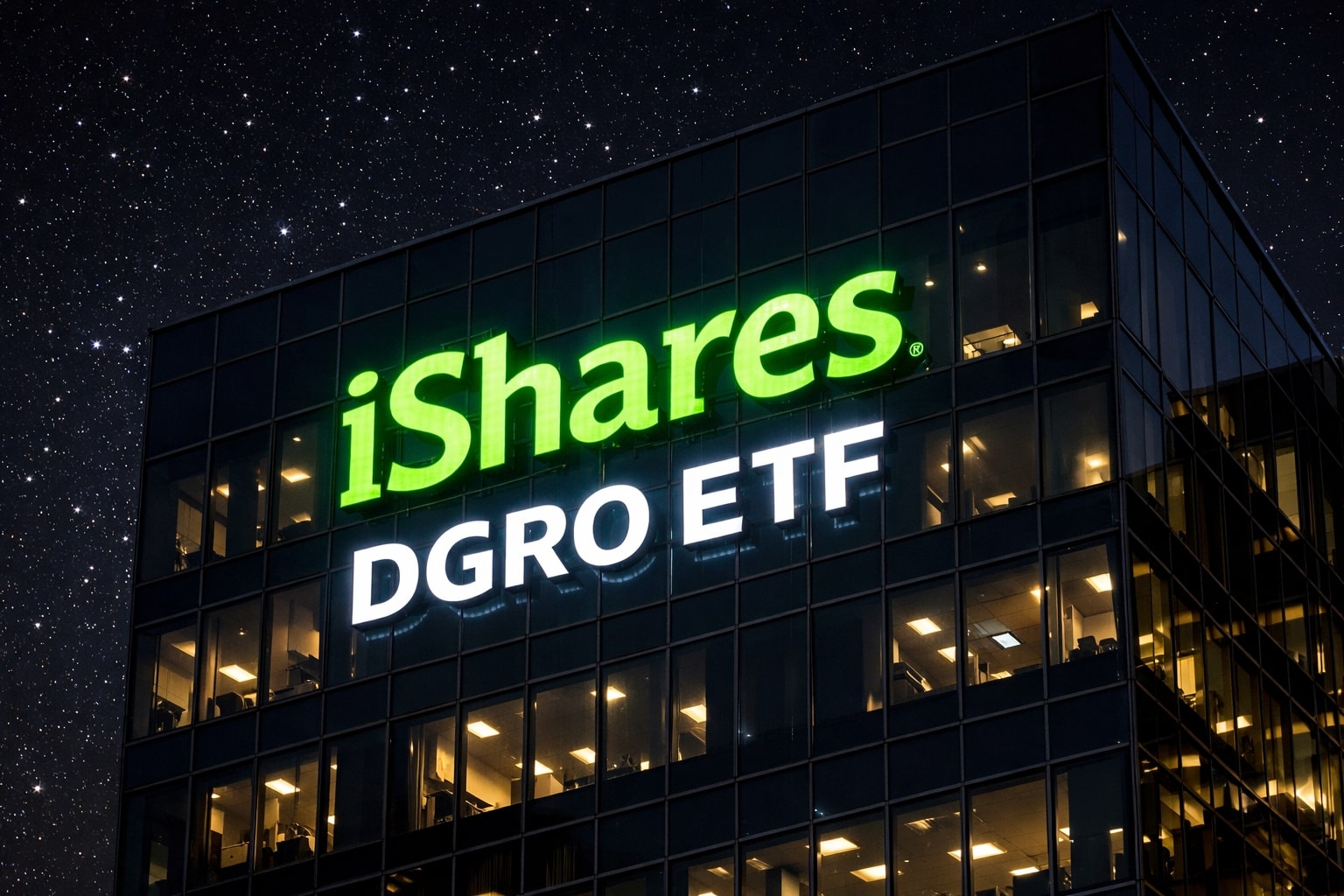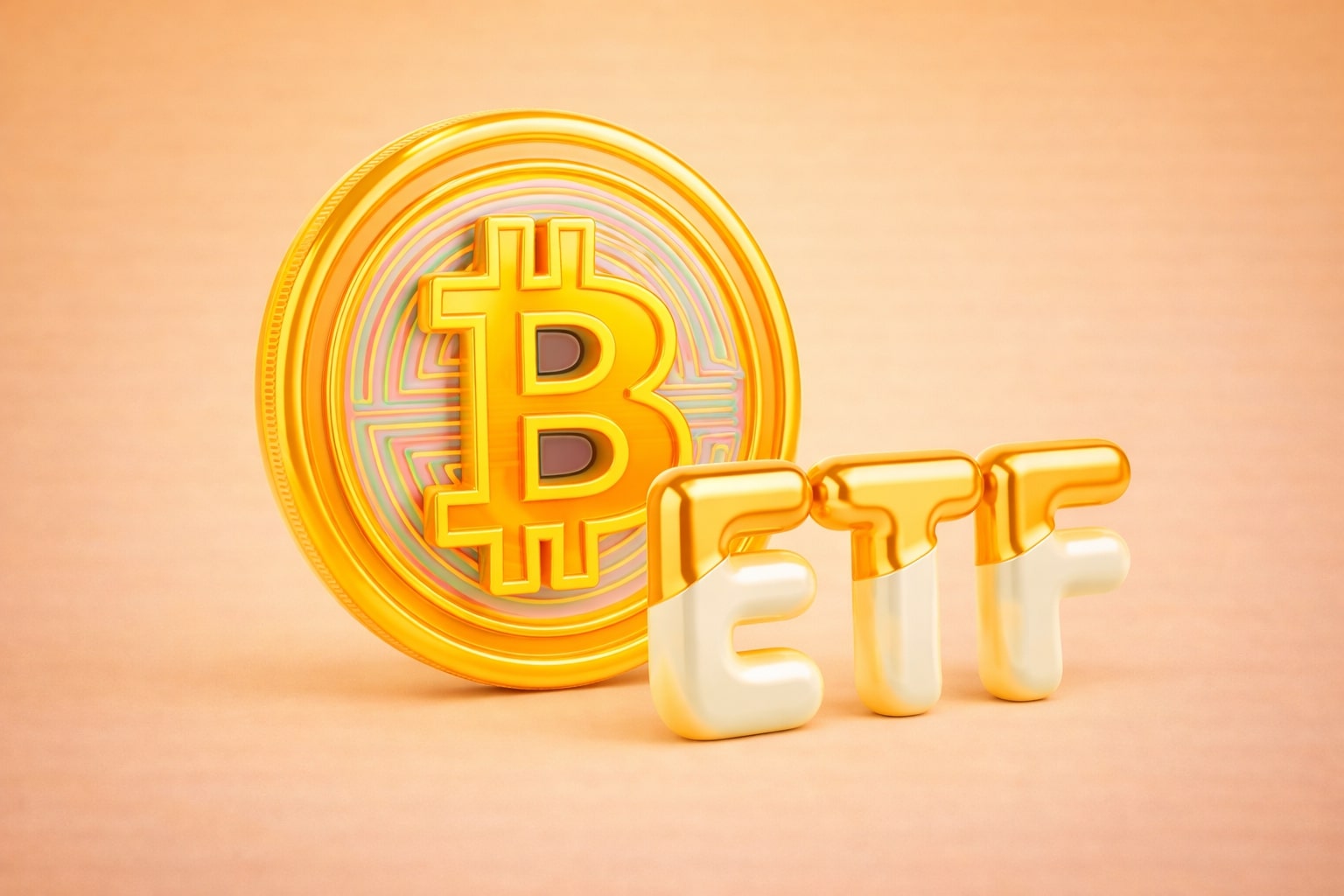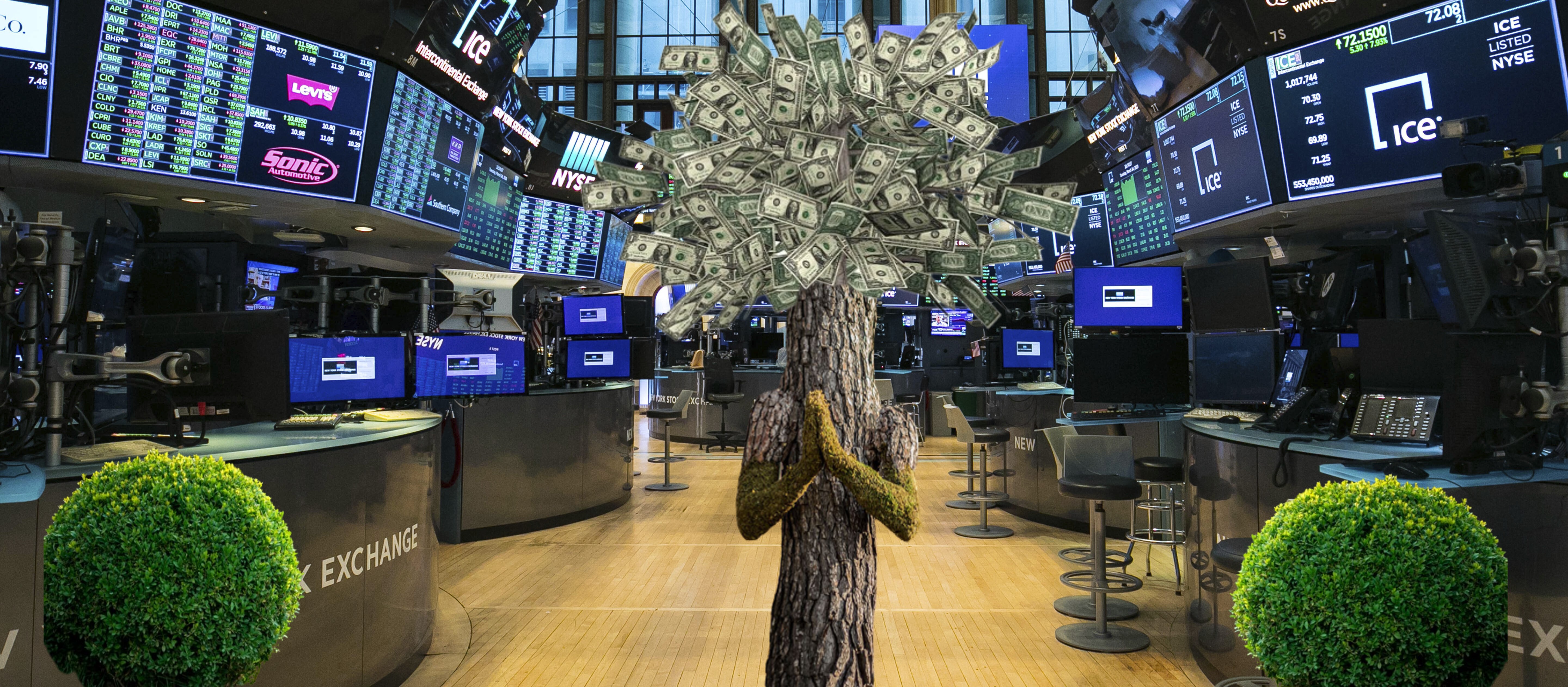
Smart-Beta WisdomTree U.S. Quality Dividend Growth ETF (DGRW)
DGRW's Performance, Strategy, and Comparison to iShares Core Dividend Growth ETF (DGRO) and Vanguard Dividend Appreciation ETF (VIG) | That's TradingNEWs
The evolving Exchange Traded Fund (ETF) landscape has welcomed several dynamic offerings, with the WisdomTree U.S. Quality Dividend Growth ETF (DGRW) standing tall among them. The brainchild of WisdomTree, this smart beta ETF was introduced on May 22, 2013, to offer wide exposure to the Style Box - Large Cap Value market segment.
Smart Beta ETFs, unlike their conventional counterparts that mirror market cap-weighted indexes, adopt non-cap weighted strategies, opening new avenues for investors keen on superior stock selection. The WisdomTree U.S. Quality Dividend Growth ETF's non-cap weighted strategy favors stocks exhibiting greater potential for risk-return performance, based on various fundamental characteristics.
As one of the larger players in the Large Cap Value Style Box category, DGRW manages a substantial asset pool exceeding $8.51 billion. The ETF strives to replicate the performance of the WisdomTree U.S. Quality Dividend Growth Index, minus fees and expenses. This fundamentally weighted index comprises dividend-paying stocks that possess growth attributes, rendering it a lucrative choice for investors targeting sustained returns.
Cost management is crucial when choosing the appropriate ETF, as cheaper funds often outperform their pricier equivalents, provided other fundamentals remain constant. With an annual operating expense of 0.28%, DGRW aligns with most competing products in its category.
The fund's portfolio primarily leans towards the Information Technology sector, constituting 28.30% of the total assets. Other significant sector allocations include Consumer Staples and Industrials. From an individual holding perspective, Microsoft Corp (MSFT), Apple Inc (AAPL), and Johnson & Johnson (JNJ) lead the pack, making up approximately 7.89% of the total assets. The top ten holdings collectively account for about 35.12% of the total assets under management.
The fund's performance has been noteworthy. As of May 29, 2023, the year-to-date return for DGRW is roughly 5.38%, and the ETF saw about a 5.86% hike over the previous 12 months. In terms of risk assessment, with a beta of 0.88 and a standard deviation of 15.66% for the trailing three-year period, DGRW falls into the medium-risk category.
A noteworthy milestone for DGRW is its ten-year anniversary in May. The fund attracted $268.6 million in net inflows, bolstering its assets under management to over $9 billion. The fund's strategy leans on solid research by Jeremy Schwartz, WisdomTree's Global CIO, and Christopher Gannatti, Global Head of Research, whose white papers outline the rationale behind using ROE and ROA in a forward-looking dividend growth screen. This approach has enabled DGRW to surpass the S&P 500 Index by 0.22% annually over the last decade.
Investors seeking alternatives to DGRW might consider the iShares Core Dividend Growth ETF (DGRO) and the Vanguard Dividend Appreciation ETF (VIG), which track the Morningstar US Dividend Growth Index and the NASDAQ US Dividend Achievers Select Index, respectively. These options are cheaper and less risky, suiting investors who prefer traditional market cap-weighted ETFs that aim to match the returns of the Style Box - Large Cap Value.
The dividend growth space remains an interesting area, particularly for those invested in quality and dividend growth stocks. Given the current economic conditions and the slowdown of Fed rate hikes, these stocks are expected to perform well. DGRW, an ETF that aligns with both quality and dividend growth attributes, sits at the intersection of these investment strategies and has delivered a strong performance, outpacing the S&P 500 over the past year. The WisdomTree U.S. Quality Dividend Growth ETF (DGRW), a smart beta exchange-traded fund, has been specifically designed to provide comprehensive exposure to the Style Box - Large Cap Value category in the market. It was launched on May 22, 2013, to capitalize on market-cap-weighted indexes, which have been prevalent in the ETF industry.
The market-cap-weighted indexes have traditionally dominated the ETF industry. These indexes are strategies aimed at reflecting either the whole market or a particular market segment. For investors who adhere to market efficiency, market-cap-weighted indexes provide a low-cost, transparent, and convenient method of emulating market returns. On the contrary, another set of investors, who believe in the potential of outperforming the market through superior stock selection, prefer to invest in another category of funds that track non-cap weighted strategies. These are better known as smart beta.
Non-cap weighted indexes aim to select stocks that have a higher potential of risk-return performance. These stocks are selected based on certain fundamental characteristics or a combination of these characteristics. Despite the myriad options available to investors in this space, ranging from simple methodologies like equal-weighting to more complex ones like fundamental and volatility/momentum-based weighting, not all have been able to deliver superior results.
Managed by WisdomTree, DGRW has amassed over $8.51 billion, making it one of the larger ETFs in the Style Box - Large Cap Value. Its primary aim, before accounting for fees and expenses, is to emulate the performance of the WisdomTree U.S. Quality Dividend Growth Index. This index is a fundamentally weighted index comprising dividend-paying stocks with growth characteristics.
When selecting the right ETF, cost is a crucial factor. In most cases, cheaper funds significantly outperform their more expensive counterparts, given all other fundamentals are equal. DGRW's annual operating expenses stand at 0.28%, making it comparable to most peer products in this space.
A notable aspect of DGRW is its 12-month trailing dividend yield, which is pegged at 2.09%. It has a diverse exposure, with the Information Technology sector forming the largest part of its portfolio at 28.30%. Consumer Staples and Industrials round out the top three sectors. In terms of individual holdings, Microsoft Corp (MSFT) constitutes about 7.89% of total assets, followed by Apple Inc (AAPL) and Johnson & Johnson (JNJ). The top 10 holdings account for approximately 35.12% of its total assets under management.
The performance and risk profile of DGRW is appealing. As of May 29, 2023, the ETF has generated a return of roughly 5.38% year-to-date and was up about 5.86% over the last 12 months. It has traded between $53.91 and $63.54 in this past 52-week period. The ETF has a beta of 0.88 and a standard deviation of 15.66% for the trailing three-year period, making it a medium risk choice in the space. With about 299 holdings, it effectively diversifies company-specific risk.
While DGRW is a commendable choice for investors seeking to outperform the Style Box - Large Cap Value segment of the market, other ETFs in the space could also be considered. The iShares Core Dividend Growth ETF (DGRO) and the Vanguard Dividend Appreciation ETF (VIG), for instance, are notable options. DGRO tracks the Morningstar US Dividend Growth Index and VIG tracks the NASDAQ US Dividend Achievers Select Index. DGRO has $22.76 billion in assets and VIG has $65.60 billion.
DGRO has $22.76 billion in assets and VIG has $65.60 billion. DGRO has an expense ratio of 0.08% and VIG's expense ratio stands at 0.06%. Both ETFs have a broad exposure to several sectors, with Information Technology, Healthcare, and Consumer Services being significant parts of their portfolios.
DGRO's dividend yield is at 2.12%, slightly higher than that of DGRW. On the other hand, VIG's dividend yield is around 1.52%, which is a bit lower compared to DGRW and DGRO.
In terms of performance, both ETFs have shown a strong trend. For the one-year period ending on May 29, 2023, DGRO has provided a return of approximately 6.14% and VIG has returned 7.22%.
Risk-wise, DGRO and VIG are generally in line with DGRW. DGRO's 3-year standard deviation stands at 14.73% and VIG's at 14.45%, indicating a similar level of market risk.
Read More
-
MercadoLibre (MELI) Stock Price at $2,005 With Street Target Near $2,800
27.12.2025 · TradingNEWS ArchiveStocks
-
XRP ETFs XRPI $10.71 and XRPR $15.19 Ride $1.25B Inflows While XRP-USD Stalls Near $1.86
27.12.2025 · TradingNEWS ArchiveCrypto
-
Natural Gas Price Forecast - NG=F Jumps Toward $4.29 as Colder Weather and Record LNG Demand Tighten NG=F
27.12.2025 · TradingNEWS ArchiveCommodities
-
Stock Market Today - Wall Street Stalls Near Records as Gold and Silver Go Vertical
27.12.2025 · TradingNEWS ArchiveMarkets
-
USD/JPY Price Forecast - USDJPY=X Holds Near 156.5 as Intervention Watch, BoJ Shift and Fed Cuts Collide
27.12.2025 · TradingNEWS ArchiveForex














